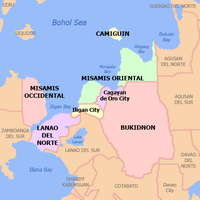
Misamis Oriental, officially the Province of Misamis Oriental, is a province located in the region of Northern Mindanao in the Philippines. Its capital, largest city and provincial center is the city of Cagayan de Oro, which is governed independently from the province.

Clarin, officially the Municipality of Clarin, is a 4th class municipality in the province of Misamis Occidental, Philippines. According to the 2020 census, it has a population of 39,356 people. Source: "clarinmisocc.gov.ph"

Oroquieta,(formerly/originally known as Layawan), officially the City of Oroquieta, is a 4th class component city and capital of the province of Misamis Occidental, Philippines. According to the 2020 census, it has a population of 72,301 people.

Binuangan, officially the Municipality of Binuangan, is a 6th class municipality in the province of Misamis Oriental, Philippines. According to the 2020 census, it has a population of 7,441 people, making it the least populated municipality in the province.
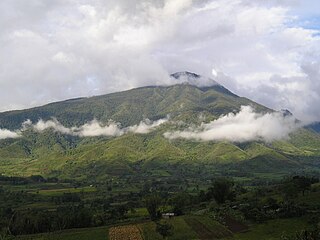
Claveria, officially the Municipality of Claveria, is a 1st class municipality in the province of Misamis Oriental, Philippines. According to the 2020 census, it has a population of 52,478 people.

Balingoan, officially the Municipality of Balingoan, is a 5th class municipality in the province of Misamis Oriental, Philippines. According to the 2020 census, it has a population of 11,020 people.

El Salvador, officially the City of El Salvador, is a 6th class component city in the province of Misamis Oriental, Philippines. According to the 2020 census, it has a population of 58,771 people.

Kinoguitan, officially the Municipality of Kinoguitan, is a 5th class municipality in the province of Misamis Oriental, Philippines. According to the 2020 census, it has a population of 14,091 people.

Libertad, officially the Municipality of Libertad, is a 5th-class municipality in the province of Misamis Oriental, Philippines. According to the 2020 census, it has a population of 12,948 people.

Lugait, officially the Municipality of Lugait, is a 2nd class municipality in the province of Misamis Oriental, Philippines. According to the 2020 census, it has a population of 20,559 people.

Magsaysay, officially the Municipality of Magsaysay, is a 4th class municipality in the province of Misamis Oriental, Philippines. According to the 2020 census, it has a population of 36,803 people.

Manticao, officially the Municipality of Manticao, is a 4th class municipality in the province of Misamis Oriental, Philippines. According to the 2020 census, it has a population of 29,469 people.

Medina, officially the Municipality of Medina, is a 4th class municipality in the province of Misamis Oriental, Philippines. According to the 2020 census, it has a population of 35,612 people.
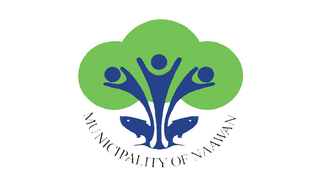
Naawan, officially the Municipality of Naawan, is a fourth class municipality in the province of Misamis Oriental, Philippines. The population of the town is estimated to be 22,444 according to the 2020 census.

Opol, officially the Municipality of Opol, is a 2nd class municipality in the province of Misamis Oriental, Philippines. According to the 2020 census, it has a population of 66,327 people.

Salay, officially the Municipality of Salay, is a 4th class municipality in the province of Misamis Oriental, Philippines. According to the 2020 census, it has a population of 29,998 people. The town is known for its handmade paper and papercrafts, similar to washi, but made with indigenous fibers.

Sugbongcogon, officially the Municipality of Sugbongcogon, is a 5th class municipality in the province of Misamis Oriental, Philippines. According to the 2020 census, it has a population of 9,764 people. Sugbongcogon became an independent municipality on June 22, 1963.
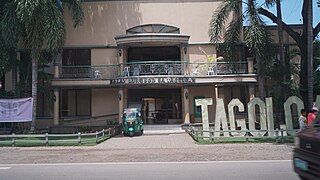
Tagoloan, officially the Municipality of Tagoloan, is a 1st class municipality in the province of Misamis Oriental, Philippines. It is located to the east of Cagayan de Oro and located south-east of Macajalar Bay. According to the 2020 census, it has a population of 80,319 people.

Talisayan, officially the Municipality of Talisayan, is a 4th class municipality in the province of Misamis Oriental, Philippines. According to the 2020 census, it has a population of 25,761 people.
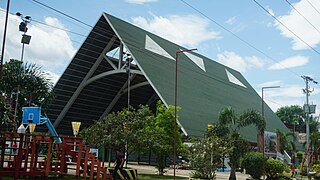
Villanueva, officially the Municipality of Villanueva, is a 2nd class municipality in the province of Misamis Oriental, Philippines. According to the 2020 census, it has a population of 40,419 people.





























